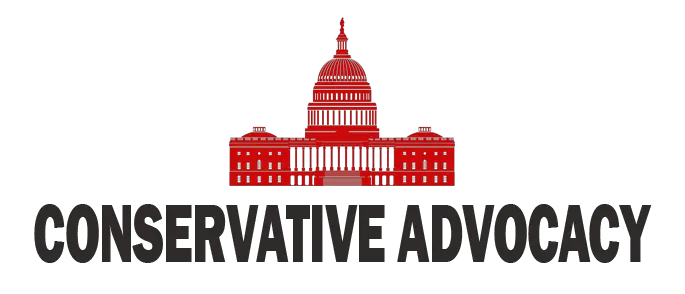President-elect Donald Trump has made headlines once again with his bold promise to cut electricity costs for American families. However, the hurdles standing in the way of that promise are as tall as the wind turbines sprouting across America. A recent report by the Heartland Institute uncovers a tangled web of state regulations and financial incentives pushing utilities toward a far-left “net-zero” energy strategy that could keep costs soaring instead of sinking.
While Trump aims for American energy dominance, it appears that he may have to wrestle with the coal-cutting whims of state regulators and eco-crusaders who seem to hold all the cards. Enthusiasts of “renewable energy,” which really amounts to an expensive hobby at this point, are pushing power companies to shut down coal plants in favor of wind and solar farms. The shiny marketing of renewables may tickle the fancy of some, but says nothing of how rapidly rising electricity rates have left many families with lighter wallets.
‼️ Huge ‼️
"President Trump’s plan for the United States to have the #1 lowest cost of energy and electricity will lower inflation, restore American energy independence, and even energy dominance, and allow the United States to become the manufacturing superpower of the world"… pic.twitter.com/hr3m0MoJj9
— Justin Deschamps | Truth Social @Justindeschamps (@JustinStillness) November 15, 2024
If Trump manages to confirm Representative Lee Zeldin as the head of the EPA, he might soon find himself at the epicenter of a regulatory shakeup that could turn the tide. The existing regulations, which seek to kneecap reliable coal and natural gas power plants in the name of “clean energy,” have critics worried about how reliant the grid will become on gusty weather and sunshine. Spoiler alert: that’s not a solid plan for keeping the lights on in your home during winter.
The Heartland’s report reveals that utilities are incentivized to jump on the “green” bandwagon despite the expenses involved. They can profit handsomely by pushing through new wind and solar projects while the costs of maintaining a stable and constant energy supply rise. For example, under current regulations, a $2 billion investment in wind power guarantees the utility a tidy profit of $200 million before the first turbine spins. That’s not industry progress; that’s an ingenious way to benefit from government handouts while leaving consumers in the dark—literally.
States across the nation have imposed Renewable Portfolio Standards that compel utilities to source a certain percentage of energy from renewables. These mandates serve as an unwelcome anchor to sensible energy policy, forcing companies to prioritize government standards over consumer needs. Without these regulations, many utilities wouldn’t touch renewables with a ten-foot pole, which begs the question: how “clean” is energy that requires coercion to thrive?
As major players like Duke Energy bathe in accolades for pursuing ambitious net-zero goals, the reality for everyday Americans remains stark. With soaring investments into this “clean energy transition,” the only place to turn for real fiscal relief appears to be—ironically enough—turning back to reliable coal and natural gas. It’s hard to believe renewables are the cheap solution when they still desperately need taxpayer support four decades after their inception. In short, without fundamental changes to energy incentives and policies, Trump’s promise of lower electricity costs may remain nothing more than a bright idea lost in the clouds.




